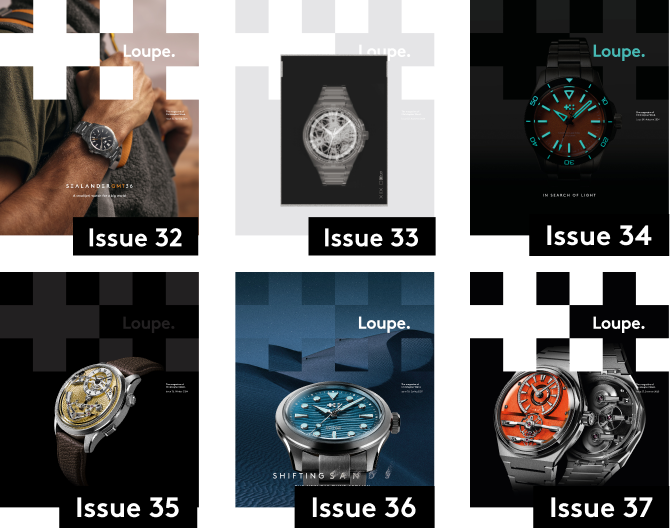How one of the 20th century’s greatest watches was inspired by the men who conquered the world’s highest mountain
Few watches dominate the collective horological consciousness like the Rolex Explorer. Reborn in various iterations since 1953, the entire Explorer line, with its triangle at 12, numerals at 3, 6 and 9 and superlative chronometer accuracy status, has been a yardstick by which all other watches have been measured.
Coveted, copied, and collected to death in all its forms – thanks to its illustrious and adventurous history – the Rolex Explorer is also the watch that launched a thousand knock-offs, with its unique influence on watch design that can still be seen today.
Synonymous with adventure, the Rolex Explorer was born from Sir Edmund Hillary and Tenzing Norgay’s famous ascent of Mount Everest in 1953. For the expedition, both Hillary* and Norgay were supplied with white Rolex Oyster Perpetual Superlative Chronometers – which they used to monitor their oxygen supply.
One of the watches that went on the Everest climb now resides in the Uhrenmuseum Beyer in Zurich, Switzerland, cared for by one of Rolex’s most illustrious dealers. It inspired the commercial release in the same year of the Explorer (Ref. 6350), the first watch to display the name ‘Explorer’ on the dial. A distinctive honeycomb dial makes this rare timepiece (Rolex only produced one a year) unusual, but its other elements became part of the enduring design language of the Explorer line.
Present are the triangle ‘12’ marker with numerals at 3, 6 and 9; the black dial, the ‘Mercedes’ handset and the 36mm case size that we still see today. Followed by several further references over the next decade, it was the release of the Rolex Explorer (Ref. 1016) in 1963 which supercharged the line’s success.

Synonymous with adventure, the Rolex Explorer was born from Sir Edmund Hillary and Tenzing Norgay’s famous ascent of Mount Everest in 1953


The watch that
defined an era
Over the course of its 27-year production timespan, the 1016 was worn by famous names, not just from the worlds of sport and adventure, but from arts and literature too. William Gibson and Ian Fleming both wore Explorers, expanding the notion of what an ‘explorer’ could be. Collectors remain fascinated by this single reference alone, with its endless array of variations – the ‘Space Dweller’, or the ‘albino’ dial, or any number of bracelet changes over the years.
In 1989, the first ‘modern’ Rolex, the Explorer (Ref. 14270) appeared. Considered by many to be boring – nothing to see here by way of ostentation or grandeur – it was badly received by the watch press and met with confusion by Rolex customers. A number of small design details had been overhauled, with new manufacturing techniques phased in by Rolex, including a new ‘Calibre 3,000’ movement.
Writers William Gibson and Ian Fleming both wore Rolex Explorers, expanding the notion of what an ‘explorer’ could be

Despite the lukewarm reception for the ’89 Explorer, the influence of the original is still felt today. And an Explorer remains a key part of any serious watch collection.
* While Norgay definitely wore a Rolex on the expedition, there’s some evidence that Hillary may have used a Smith’s watch on the climb. No one can be truly sure.
Interested in viewing some of our own
explorer watches?
Discover our C63
Sealander collection here.

Sign up to Loupe magazine
Loupe is Christopher Ward’s quarterly in-house magazine. If you want to know what’s happening at CW (and you love great journalism), this is where to start. Alternatively, you can read all our back issues on your computer, tablet or phone.
Order your free copyRead Loupe online

